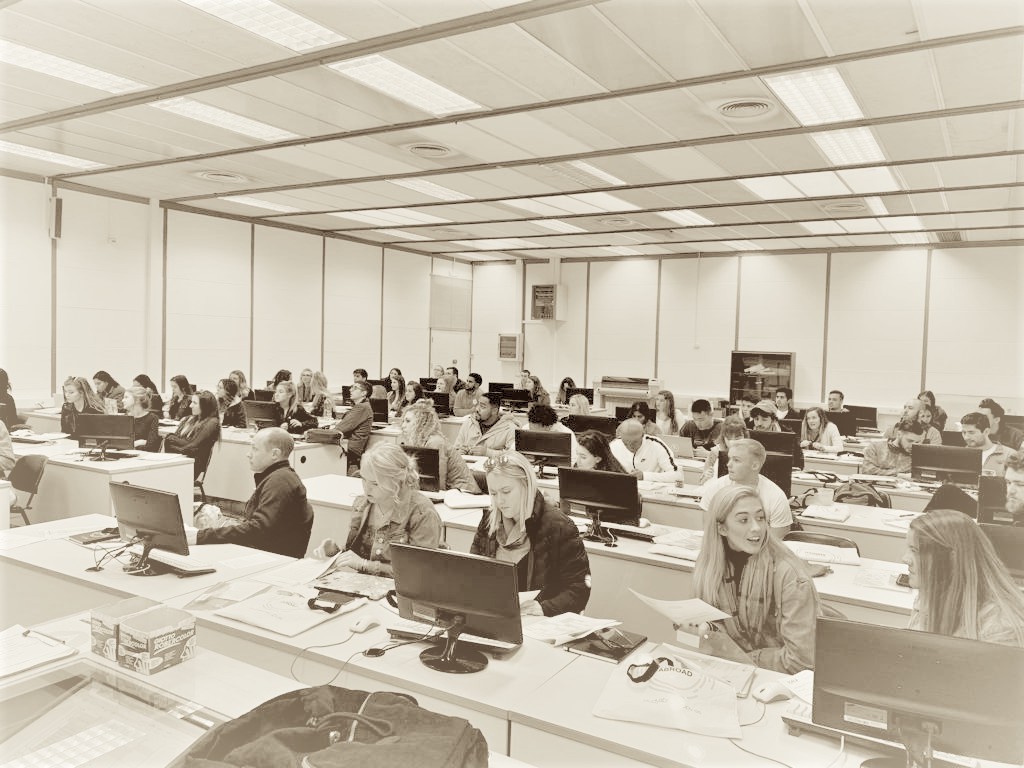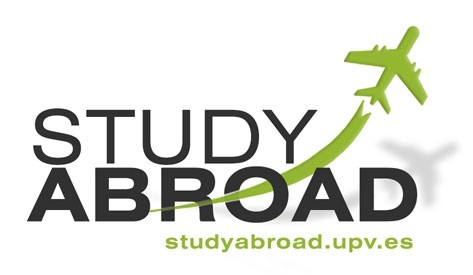
|
|

• Attendance
• Assessments
• Sexual Harassment Policy
• Students With Disabilities
• Academic Honesty Policy
• University Ombudsman
• Statement On Audio And Video Recording
• Syllabus Change Policy
Survey of Spanish Literature I
3 Credits | 300 Level | 45 Contact hours
Textbook:
José Manuel Cabrales y Guillermo Hernández: Literatura española y latinoamericana: Libro 1, De la Edad Media al Neoclasicismo, Madrid, SGEL, 2010
Readings:
Anónimo, El Lazarillo de Tormes, Madrid, SGEL. (ISBN: 978-84-9778-328-6)
Fernando de Rojas, La Celestina, Madrid, SGEL. (ISBN: 978-84-9778-329-3)
A study of the development of Spanish literature through the analysis of literary movements and the comparison of the most important authors of each period from the 12th to 18th century. Texts from different literary genres are selected which demonstrate underlying ideas, idiosyncrasies of the Spanish people and universal values, as well as the literary characteristics of the works themselves.
1. Introducción al curso.
2. La Edad Media: marco histórico y cultural.
3. La Edad Media. La poesía narrativa
4. Los géneros literarios en la Edad Media.
5. Mester de juglaría y el Cantar de Mío Cid.
6. Mester de clerecía: Gonzalo de Berceo (Milagros de nuestra señora) y Juan Ruiz (Libro de Buen Amor)
7. La poesía lírica en la Edad Media. El Romancero y Jorge Manrique (Coplas a la muerte de su padre).
8. La prosa en la Edad Media: Don Juan Manuel (El Conde Lucanor).
9. El teatro en la Edad Media: Fernando de Rojas (La Celestina).
10. El Renacimiento: marco histórico y cultural.
11. Los géneros literarios en el Renacimiento.
12. La lírica italianizante en el Renacimiento: Garcilaso de la Vega
13. La poesía religiosa: San Juan de la Cruz
14. La prosa renacentista.
15. Tipos de novela renacentista.
16. La novela picaresca: El Lazarillo de Tormes
17. La obra de Miguel de Cervantes: Don Quijote de la Mancha.
18. El Barroco: marco histórico y cultural
19. Los géneros literarios en el Barroco.
20. La lírica en el barroco: el conceptismo y el culteranismo.
21. El teatro en el barroco: La Comedia Nacional.
22. Autores relevantes del teatro: Tirso de Molina, Lope de Vega, Calderón de la Barca
The student will be able to
• Analyze the subcultures, political contexts, cultural differences, and such issues as oppression within the history of medieval Spain.
• Compare analytically the role of Islam, Judaism, and Christianity in the development of Spanish and Hispanic culture.
• Articulate connections from the past and evaluate the ways that historical and contemporary global problems affect their present.
Attendance and Participation 5%
Homework 10%
Reading Assignments 20%
Essay 10%
Presentation 5%
Midterm Exam 25%
Final Exam 25%
|
